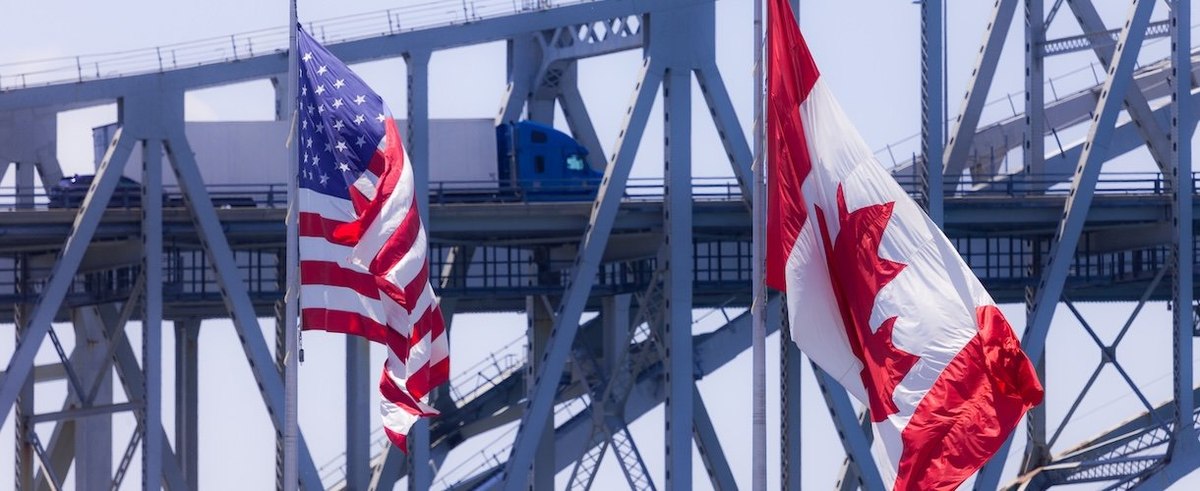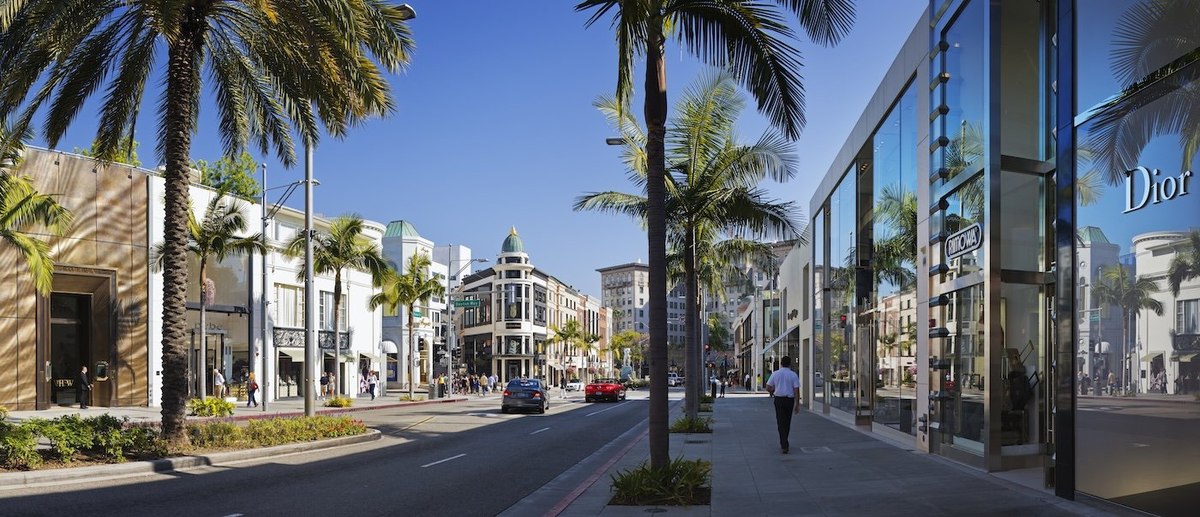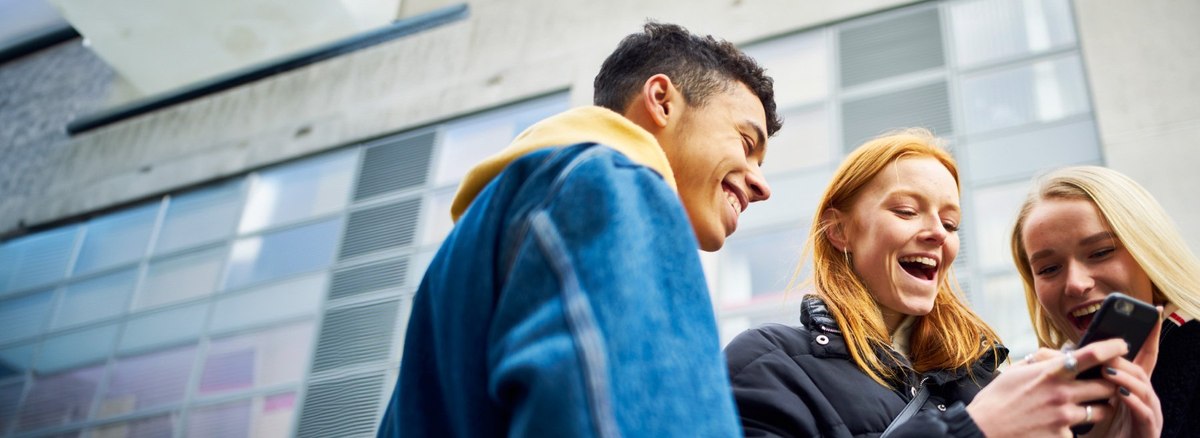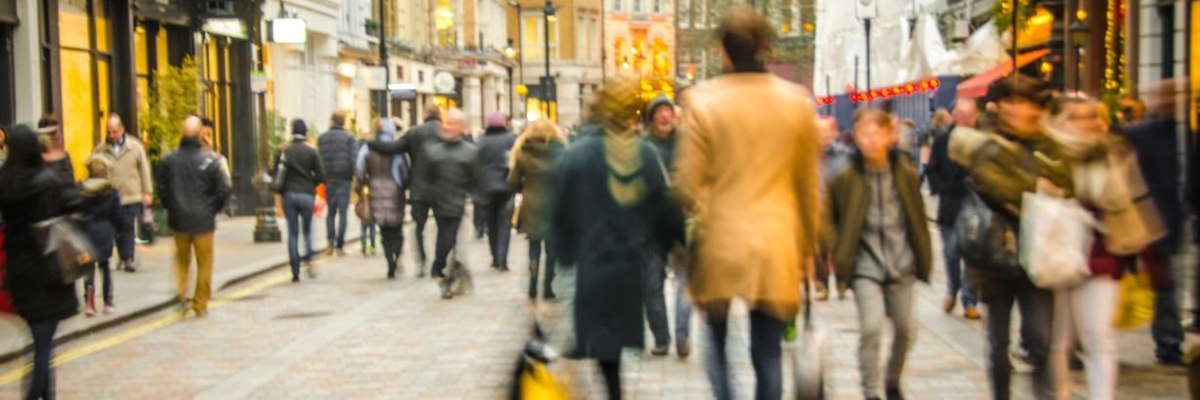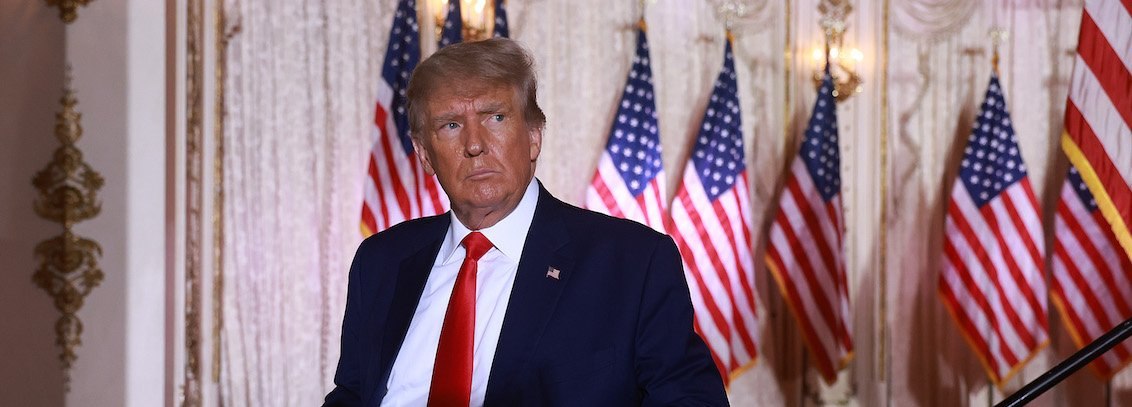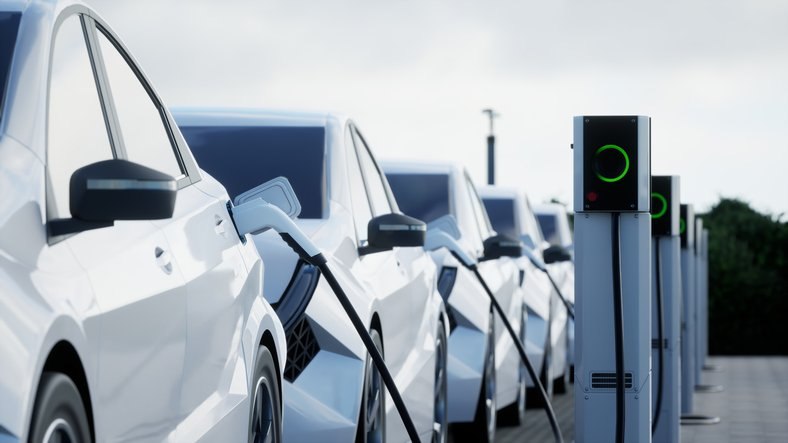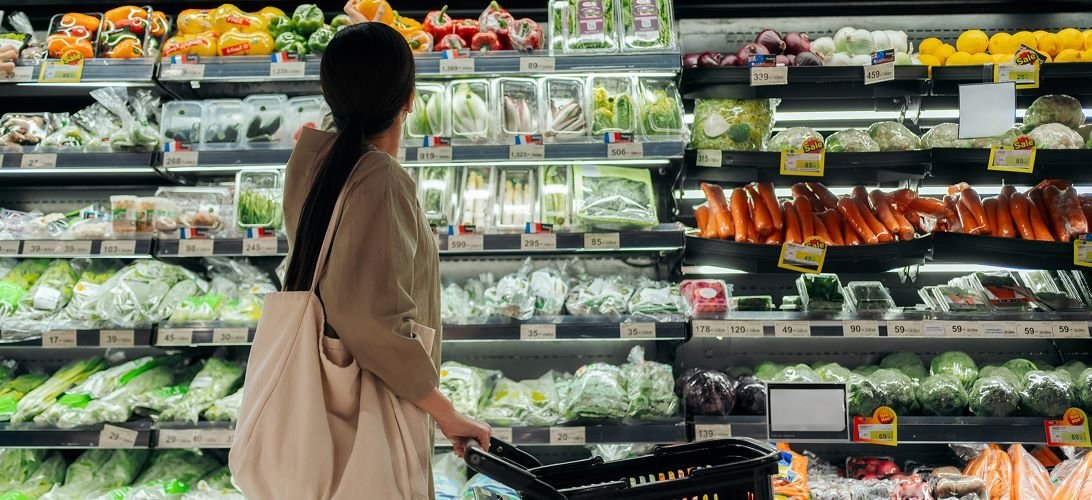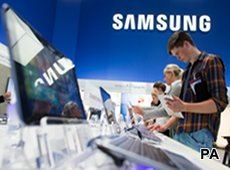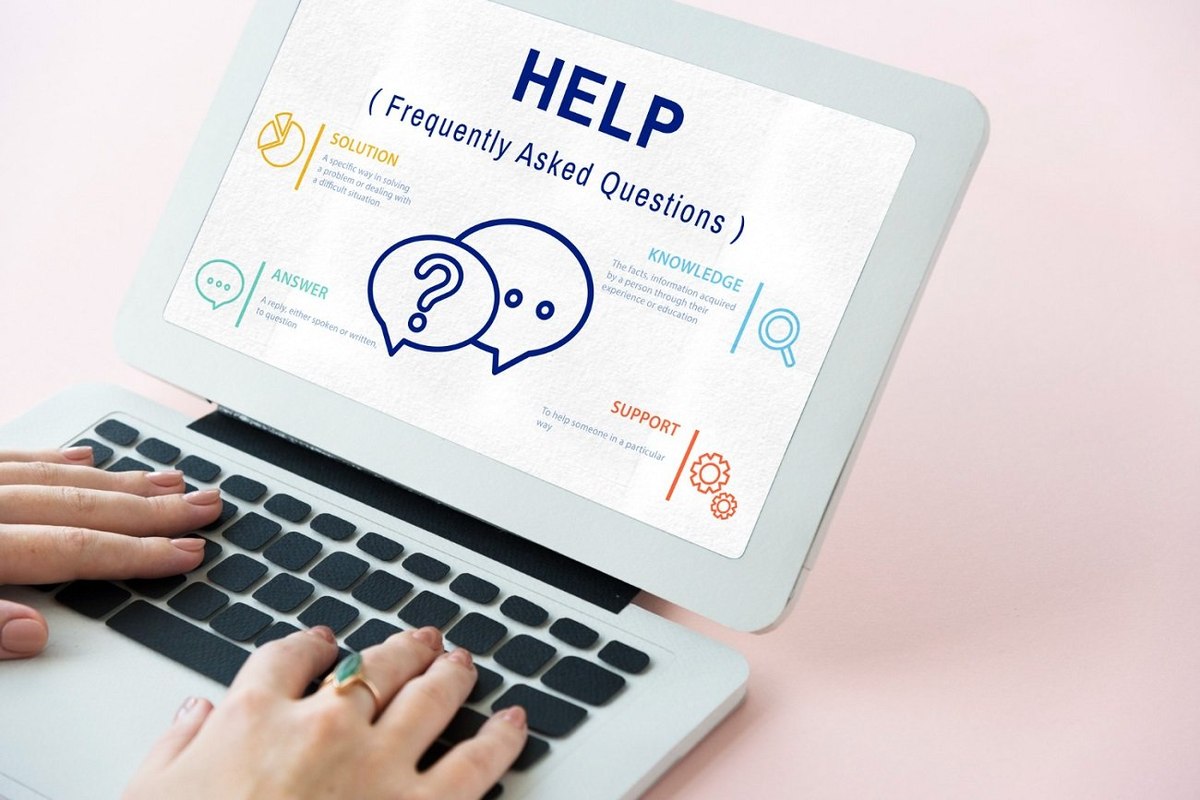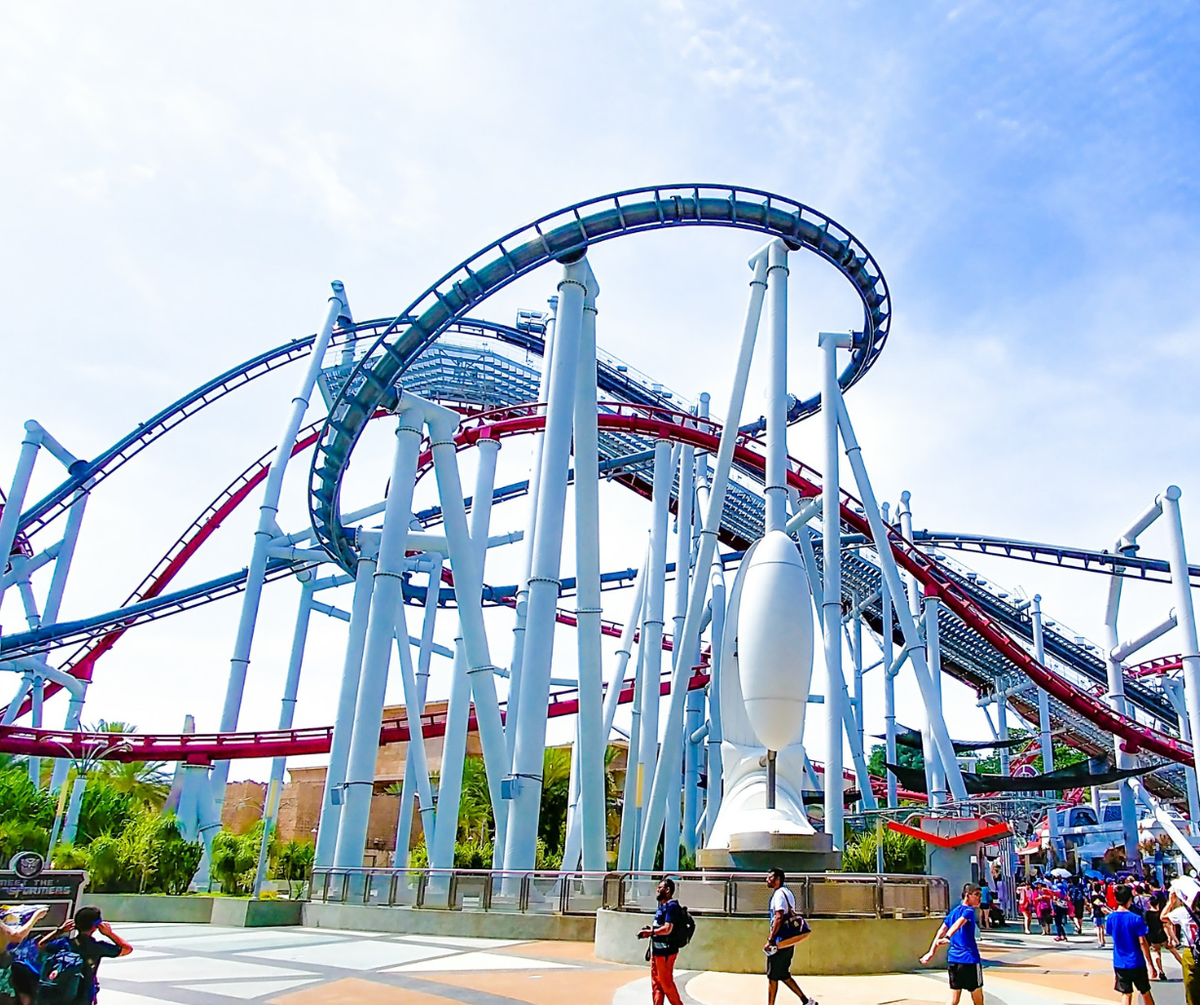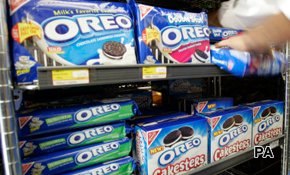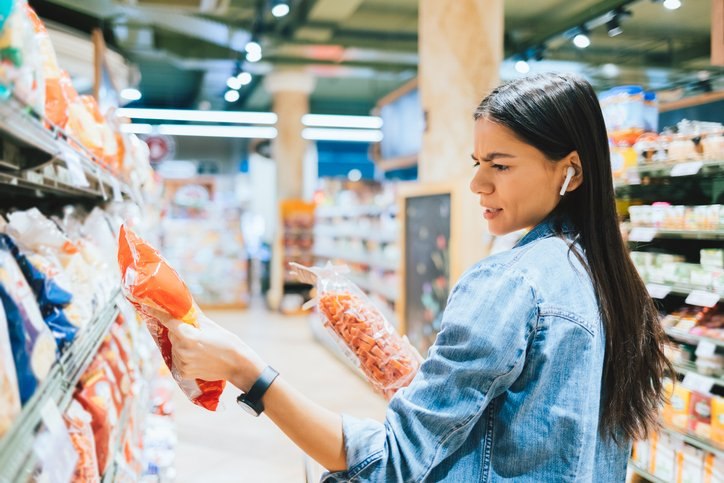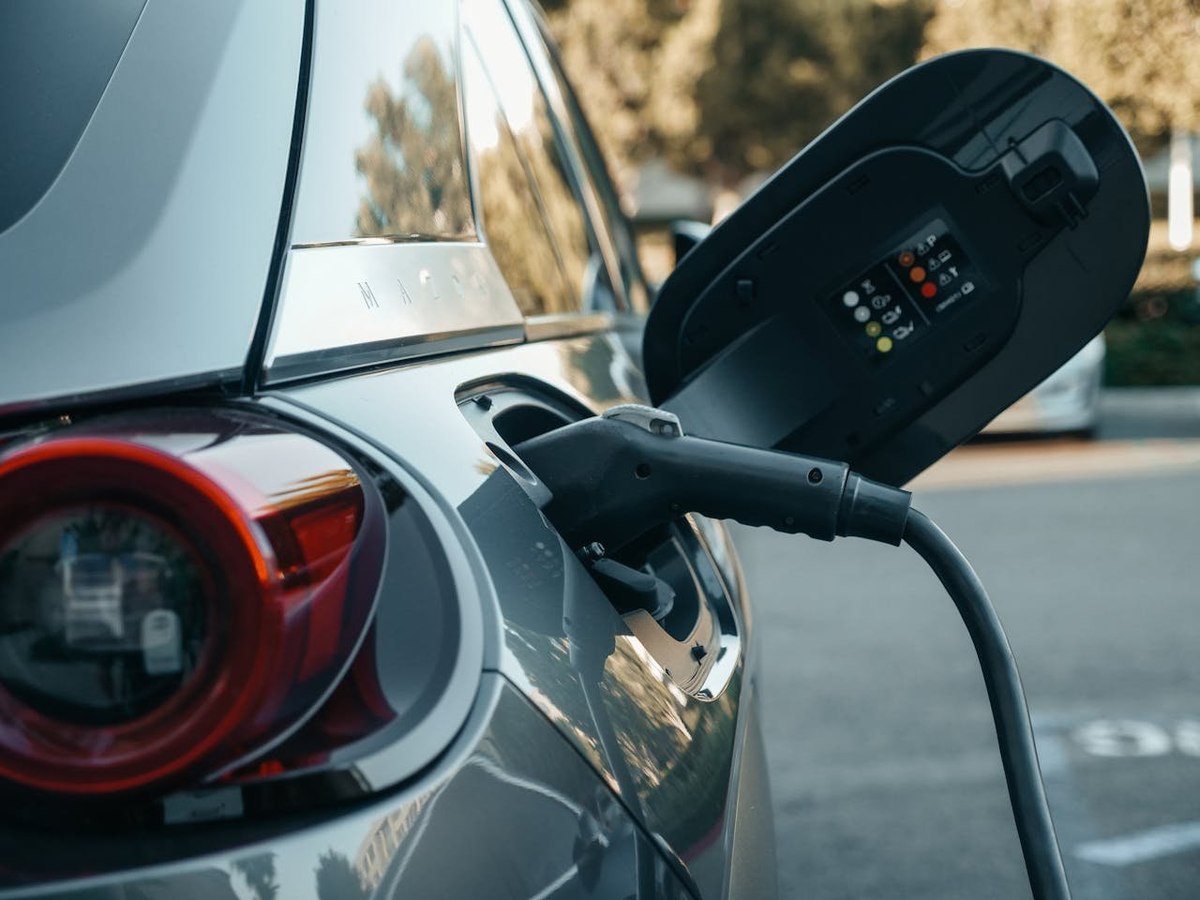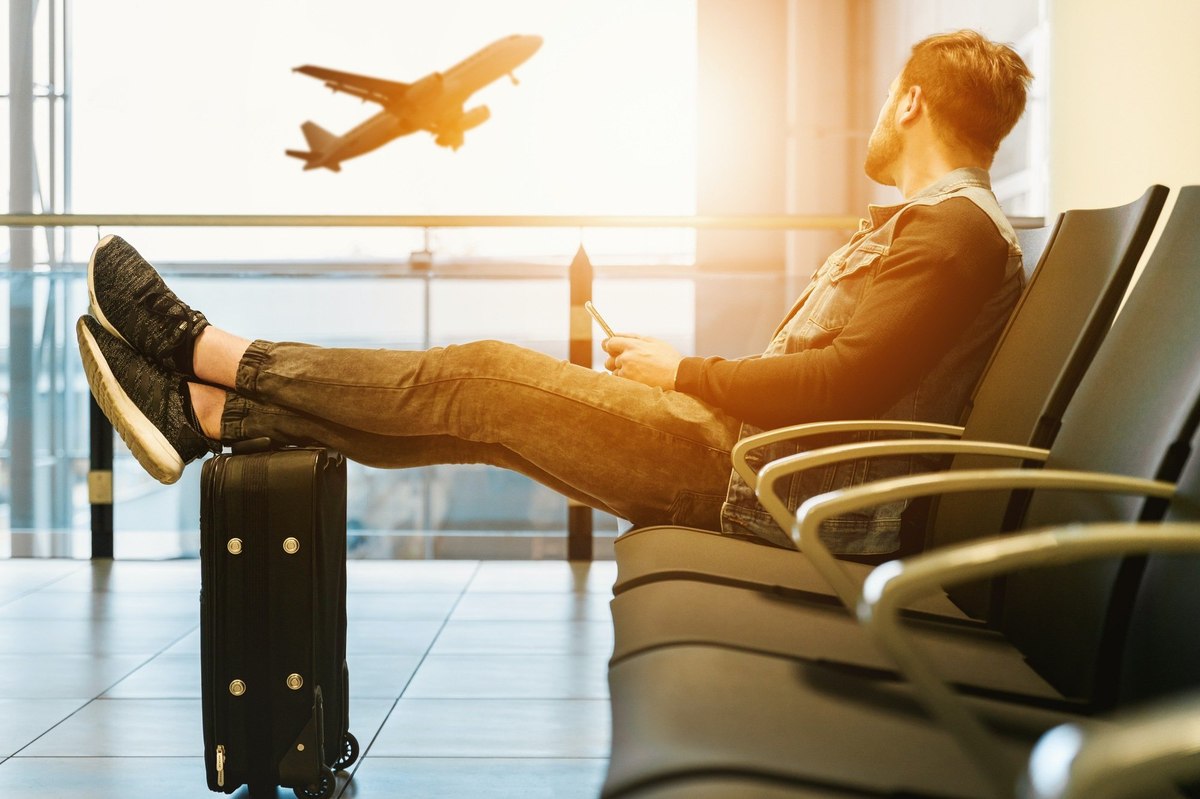
New opportunities for airports that travellers would appreciate right now
A combination of high consumer demand and insufficient staffing levels in recent months have resulted in air travel disruptions in the Americas, Europe and other regions worldwide. Travel disruptions have a substantial negative effect on travel brand image and health, which can be very costly to resuscitate.
For example, during the Easter break, London Heathrow (LHR) and Manchester Airport Group (MAN) airports struggled to cope with a surge in passenger numbers due to staff shortages, leading to travel chaos.
Data from YouGov BrandIndex — which tracks brand health and consumer perceptions on a daily basis — reveals that Buzz for several major airports including London Heathrow, London Gatwick, Manchester Airport and Bristol Airport dropped into negative territory during the summer months. Buzz measures whether consumers have heard something positive or negative about a brand within the last two weeks.
Heathrow also typically enjoys some of the highest airport customer Satisfaction scores amongst British travellers but these have been plummeting too – from 32% at the end of March to 20% on July 25th. As a result, people may seek other ways to travel – perhaps by road or rail — or even cancel their travel altogether.
The four airports’ Buzz scores are showing signs of recovery within the last month and are trending upward as we enter the period of fall travel.
Can a challenging experience with baggage or delays be offset in other ways? What else could be done to improve passenger experience at airports?
Our data suggest that additional improvements to customer service and some innovative developments can help to offset the negative sentiment, create additional revenue streams for airports in future, and facilitate new, non-traditional business partnerships.
Robotics
Innovation in robotics, AI, and automation could help alleviate the significant labour shortage-induced pressures. There are robot-staffed hotels in Japan, a fully-automated restaurant in San Francisco, and even fast-food restaurants, such as McDonald's, offer fully digital service. A global YouGov poll conducted in 17 markets earlier this year reveals a quarter of global consumers are ready to be assisted by robots in supermarkets (25%), and around a fifth are prepared for the same level of robot-assisted service at airports, restaurants, and hotels (19%).
Improved airport shopping experiences
With travellers having to spend more time at airports, this creates new engagement and revenue opportunities for all product and service providers in landside and airside areas. Almost a third of British travellers say, “I like wasting time shopping at airports.” A third of the UK population will also try to spend any extra-leftover currency at the airport/ train station before leaving (35%).
Data from YouGov sheds light on a few of the top product categories among various types of airlines passengers. One in three (33%) eonomy class passengers mostly tend to buy fragrance at duty free shops, whilst roughly a quarter of business class passengers shop for make-up (28%; including sun care and hair products) and electronic gadgets (23%).
The top three product categories among first class passengers are wines and ports (28%), champagne (25%), and toys (24%). New and unique brands could be tempted to showcase their offerings to a captive airport audience bringing interest and variety to what is often an homogenous airport shopping experience.
Airport entertainment
YouGov data shows that a quarter (25%) of Britons typically travel with their children but most airports have very little to offer to toddlers or youngsters. Play pens, gaming areas, interactive play or learning could all be integrated in the wider airport offering to travelling families, helping parents entertain and keep their children busy whilst waiting to board a flight.
Catering to business travellers and those on workations
Airport lounges have limited capacity so during busy times travellers may struggle to secure access to areas that are equipped for working on the go. Creating workspaces with charging points, high tables or desks, wifi ports and more secluded spaces could help cater to business travellers, digital nomads and ‘workationists’ alike. One in five Brits (17%) are intending to take a workation trip in 2022, a trend that is likely to accelerate as 29% of respondents in July stated that they intended to work from home more than they did pre-pandemic, roughly a nine-percentage point increase compared the beginning of the year (20%).
Airports as destinations
Data from YouGov BrandIndex shows that Satisfaction scores for Singapore's Changi Airport among customers have not dropped below 39% since January 2020, making them amongst the highest in the industry. The airport has faced similar challenges to others in the civil aviation world, but it enjoys a fantastic reputation thanks to its world-class shopping experience and the availability of food outlets with varied cuisines. The airport also boasts an incredible choice of things to see and experience – from an arrival garden with a dragonfly habitat, through art installations and sculptures, to an experience corner for gaming. Airport visitors can find something for all tastes and ages, making Changi Airport a true destination in its own right.
Rethinking and expanding the airport experience can not only help minimise the negative impact of any delays or disruptions but coupled with additional consumer-focused offers and experiences can turn into a long-term, sustainable revenue generation stream, a significant brand differentiation proposition, and a platform to build new partnerships on.
Make smarter business decisions with better intelligence. Understand exactly what your audience is thinking by leveraging our panel of 20 million+ members. Speak with us today.
Discover more travel and tourism content here
Want to run your own research? Start building a survey now
